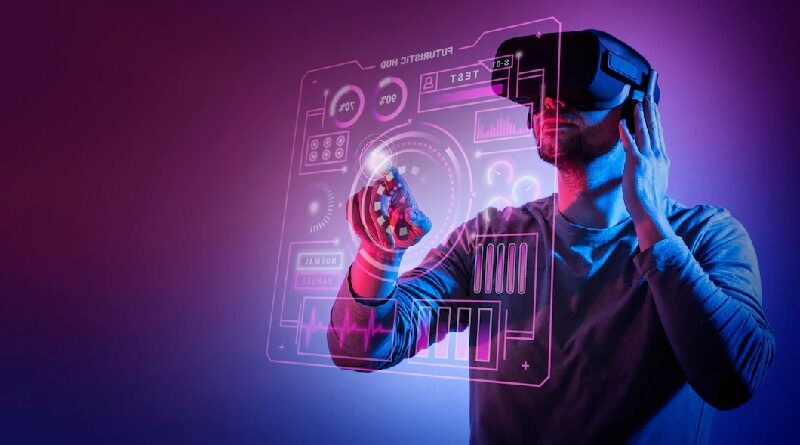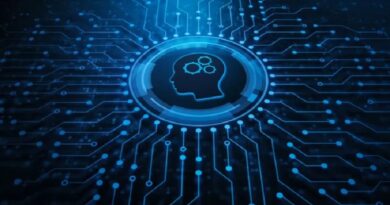3 Machine Learning Tricks To Improve Performance of ML Models
The imitation of the human brain has always been the ultimate goal of technology. That is what artificial intelligence, a fast developing field, strives to achieve. But what elements enable AI to accurately interpret the world? We must talk about the performance of machine learning models in order to respond to that query.
Computers are taught to learn from experience without explicit programming via machine learning, a subset of AI. These systems are trained to read and comprehend the visual world through computer vision, another area of AI.
The application of computer vision has been endlessly expanded by machine learning. We’ve created self-driving automobiles, strong facial recognition software, unmanned aircraft, and much more using faultless object recognition and tracking skills.
The algorithms enabling an autonomous vehicle’s capability to recognise and avoid pedestrians, among other impediments, must be accurate enough to inspire trust before an autonomous vehicle can be used on a crowded street. How can your next machine learning project attain the same level of accuracy?
We’ve done the research and created a manual on how to enhance the functionality of machine learning models.
Three Ways to Make Your Next Machine Learning Model Perform Better
1. Select a Steady Algorithm
Consider the algorithms used in machine learning as its engines. Data sets are transformed into precise predictions via algorithms. The performance of your model depends on the algorithm you use. So how can you determine which one is the most effective?
There isn’t a simple solution. While some issues require a very definite treatment, others are up to interpretation. When reducing your list, consider the following considerations:
- What kind of problem are you solving?
- What computing resources are available?
- What type of data are you processing? How much data are you processing?
- How scalable do you want your model to be?
- Which business goals would you like your model to fulfill?
It is difficult to predict which algorithm would perform better right away. We advise beginning with a list of potentials, running your data through them, and evaluating how well they performed in turn.
2. Use big, top-notch training datasets
The adage “trash in, garbage out” may be familiar to you. Nothing could be truer when it comes to the calibre of your training data. It’s better to start with the data that ML models are fed if your goal is to increase their performance.
Consider training an algorithm to detect questionable credit card charges. You must use precisely labelled credit card transaction data to train your model so that it can predict with accuracy whether a charge is likely to be fraudulent.
Quantity counts as much as quality when it comes to training data for machine learning algorithms. A credit card fraud detection algorithm that was trained with 10,000 transactions will outperform one that was taught with 100 transactions.
Regardless of the algorithm used to train it, a machine learning model that uses poor-quality or insufficient training data will perform badly.
3. Testing and Validating Your Machine Learning Model
Testing your model is the only method to determine if it is accurate. The validation data come into play here.
Testing data assesses your algorithm’s accuracy while training data is used to educate it to recognise patterns. Why test your artificial intelligence model? By analysing the accuracy, precision, and efficiency of your model, testing reveals whether you selected the appropriate algorithm and specified the appropriate parameters.
How is your machine learning model validated? Let’s go over an illustration. Consider training your model to recognise the presence or absence of a car in an image. Vehicle tagged photos would be included in the training data. On the other hand, testing data would be made up of unlabeled pictures.
Outsource Machine Learning’s High-Quality Image Labeling
High-quality training data is one of the best methods to help your machine learning model perform better. However, it is simpler said than done.
Finding, gathering, and annotating training data for machine learning can be difficult. Because of this, AI businesses rely on expert data annotation services.
For machine learning, Keymakr provides high-quality video and image annotation. To improve the performance of your machine learning model, we have the personnel, systems, and resources needed.
Our devoted team of data annotators, state-of-the-art technologies, and quality control protocols will provide your machine learning algorithm with the pixel-perfect training data it wants.




